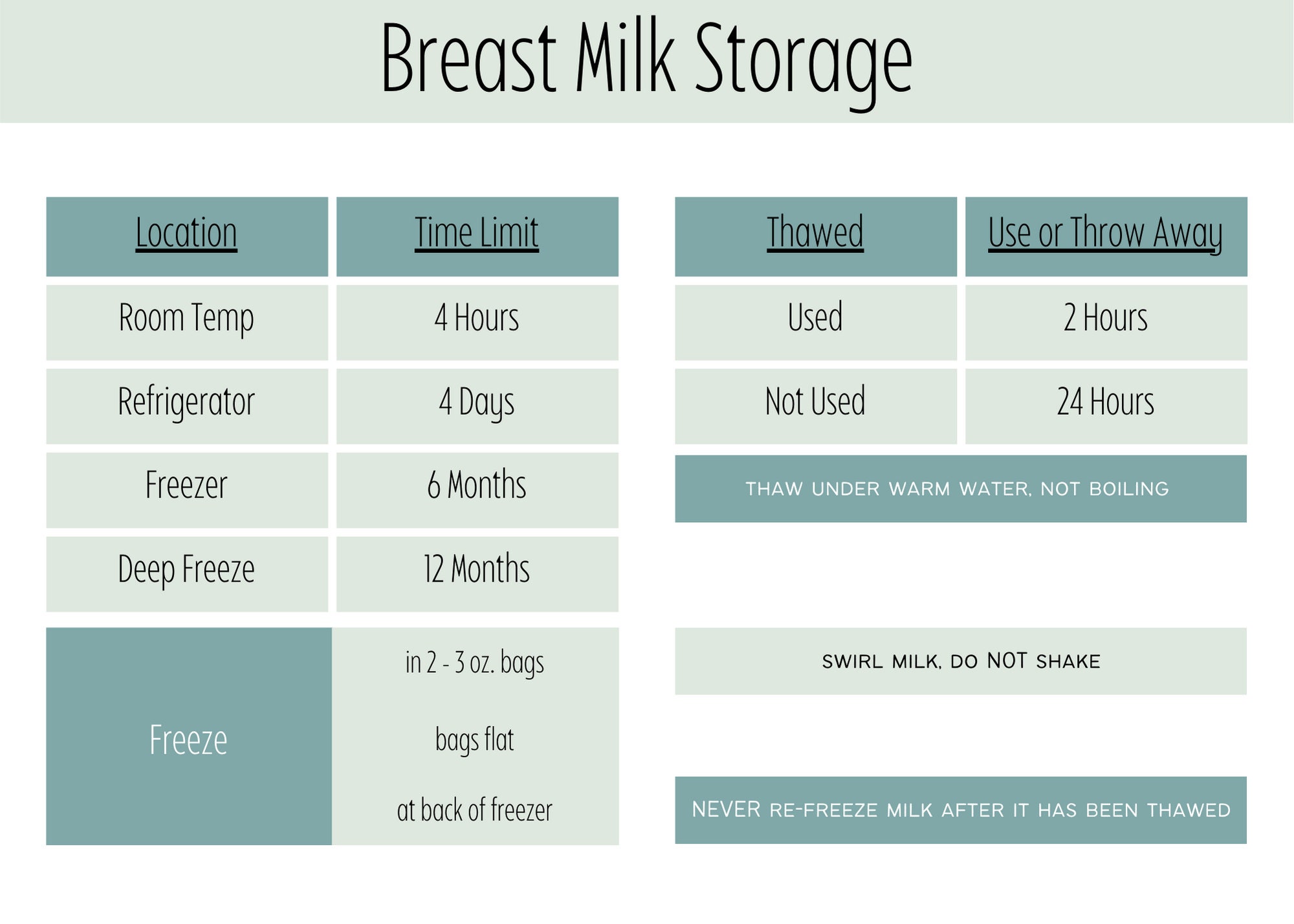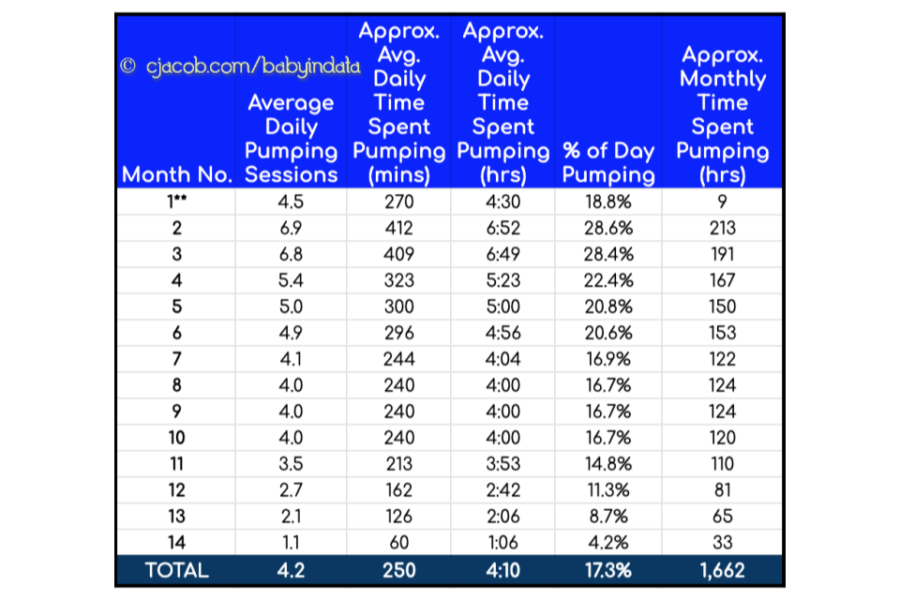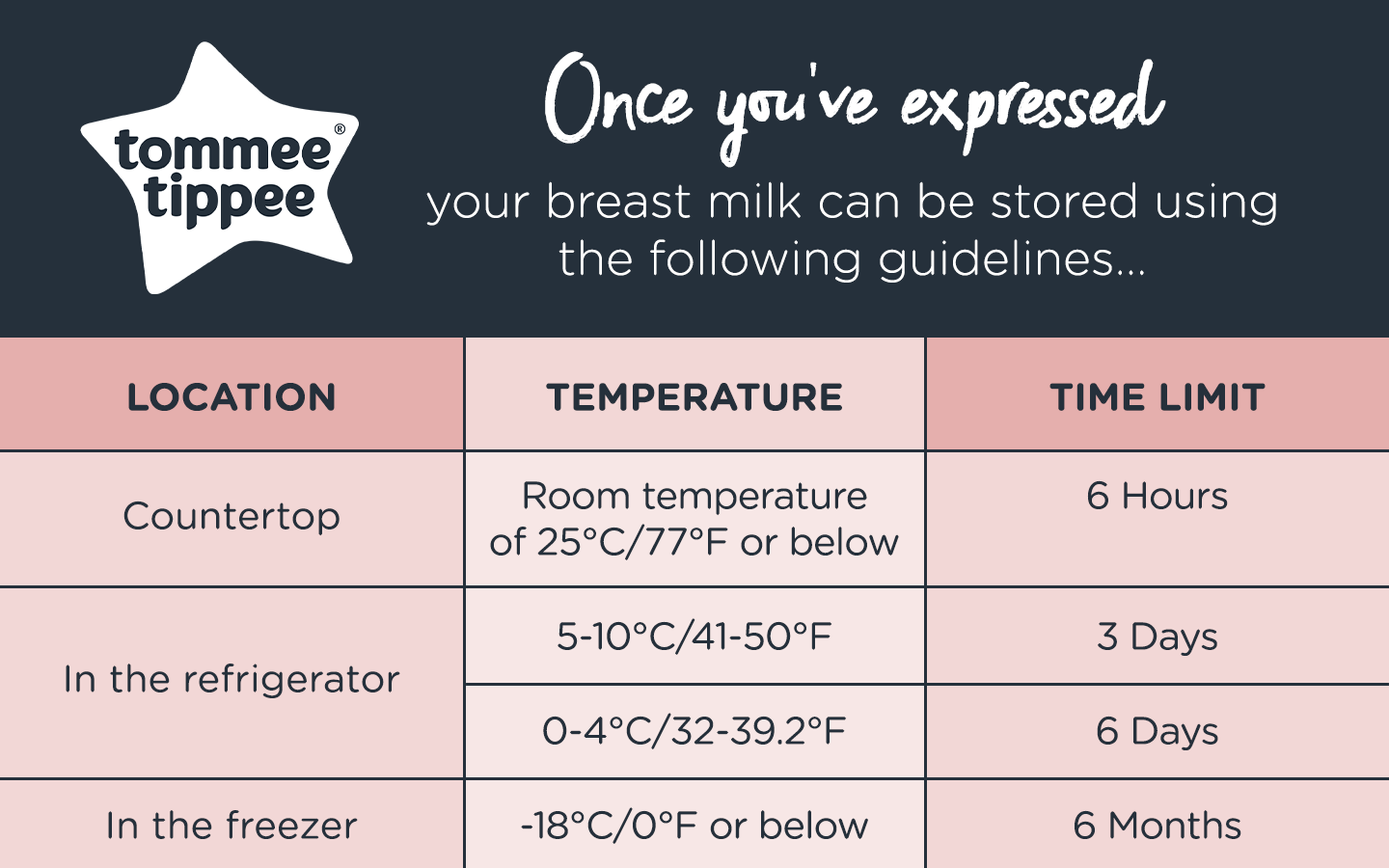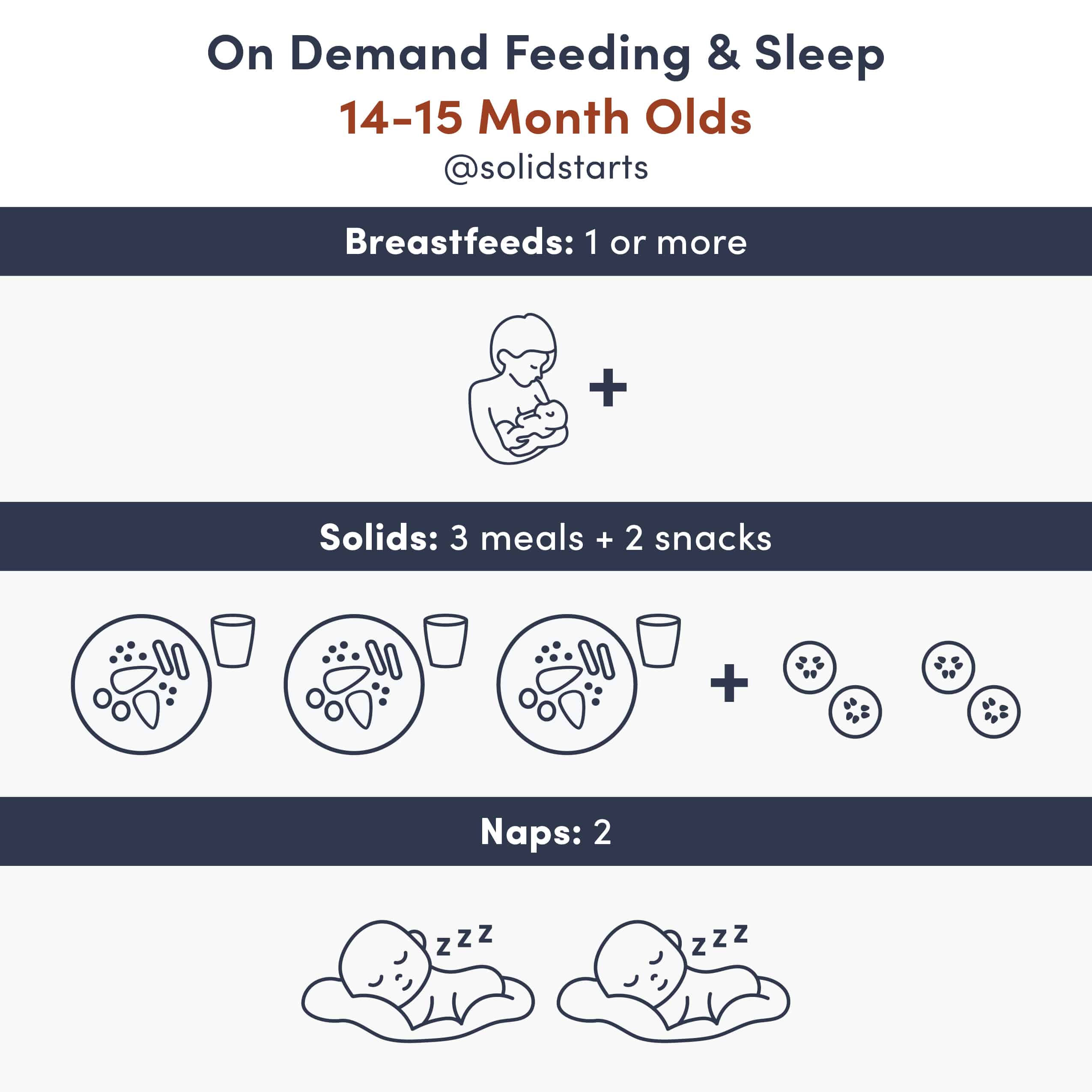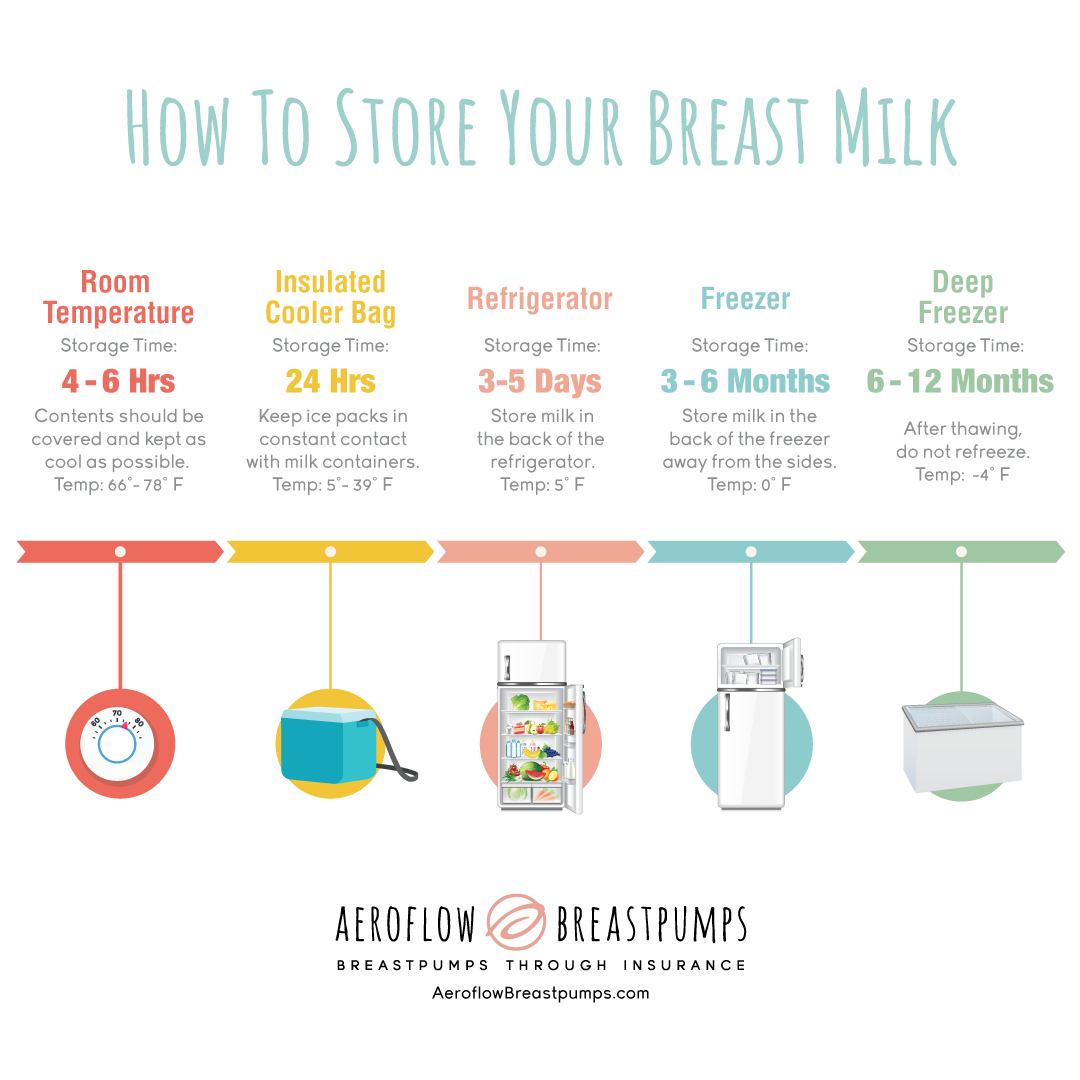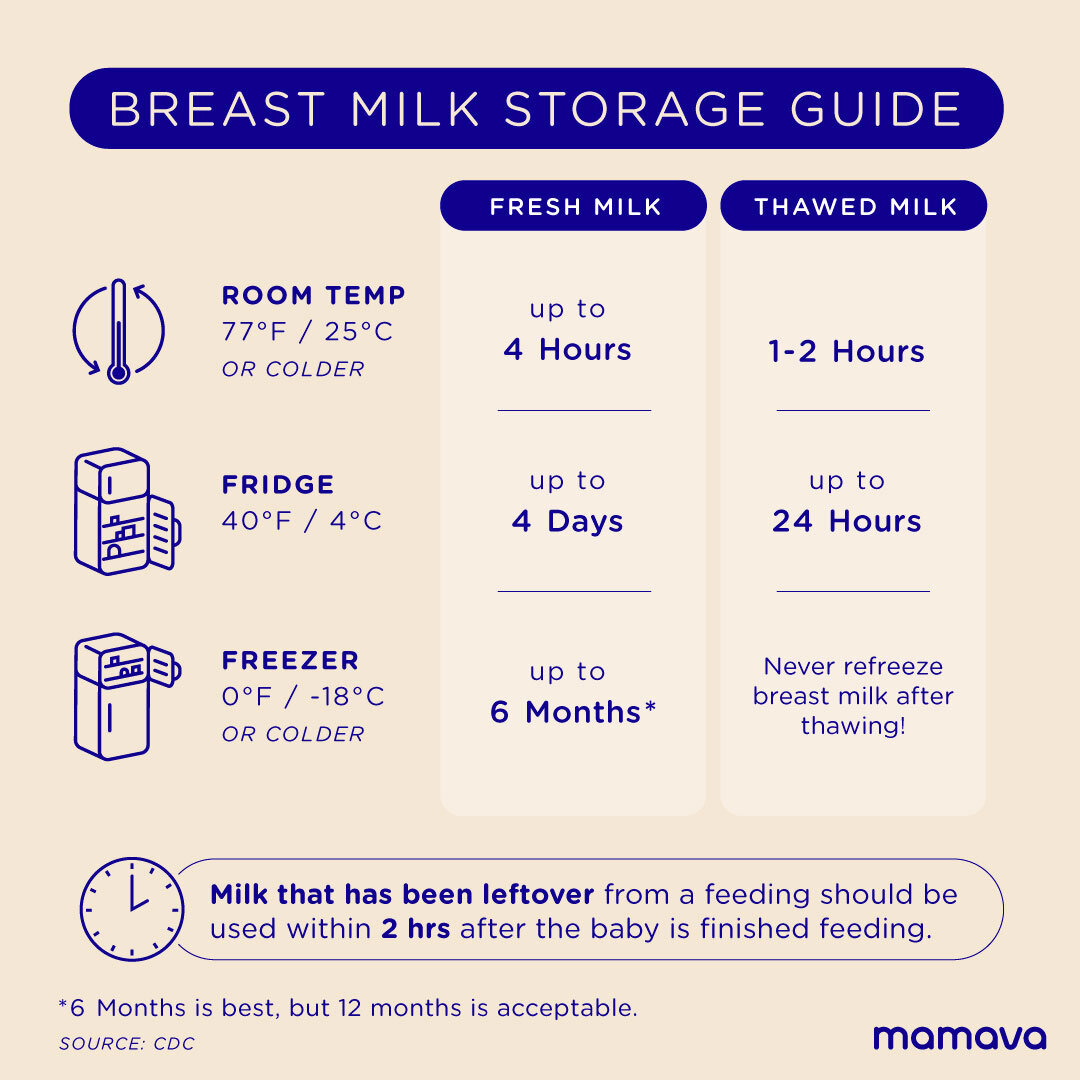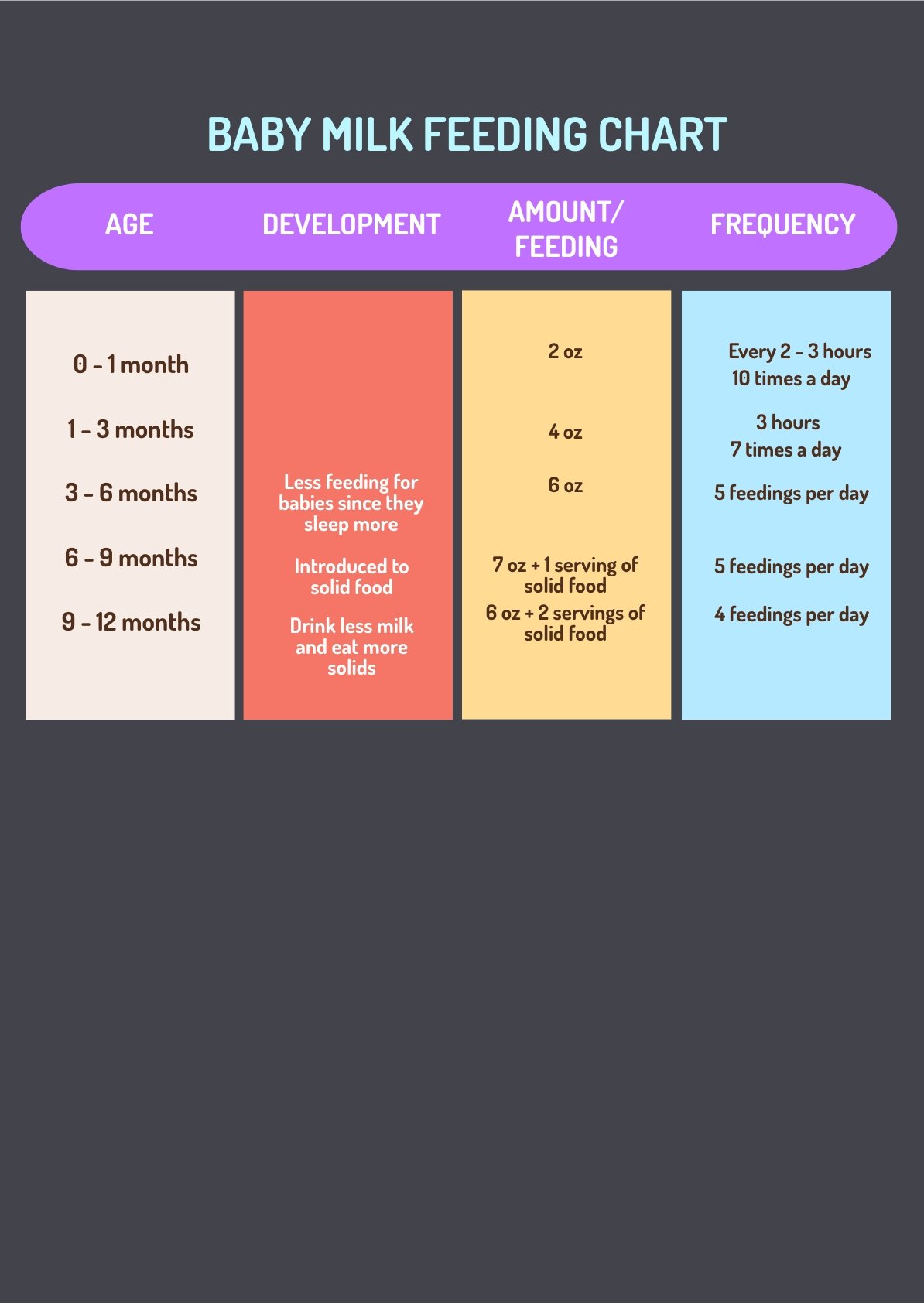Am And Pm Breast Milk Times
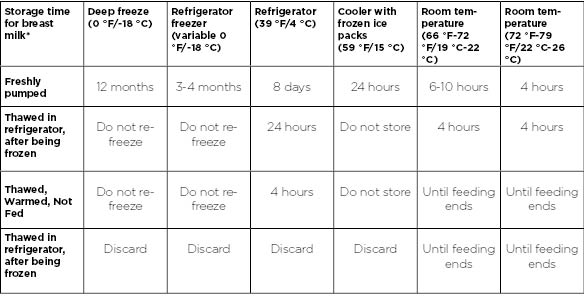
Urgent health advisory: Recent studies indicate a significant variation in breast milk composition between morning (AM) and evening (PM) expressions, potentially impacting infant sleep and development. Parents are urged to understand and adapt feeding strategies based on these findings.
This article details the crucial differences between AM and PM breast milk and offers practical guidance for optimizing infant feeding schedules to align with these natural variations.
AM vs. PM Breast Milk: Key Differences
Research consistently demonstrates that breast milk composition changes throughout the day. AM milk typically contains higher levels of cortisol, a hormone associated with alertness and activity.
Conversely, PM milk generally has increased levels of melatonin, a hormone that promotes sleep and relaxation. Tryptophan, a precursor to melatonin, is also found in higher concentrations in evening milk.
According to a 2021 study published in the Journal of Human Lactation, the AM/PM difference in cortisol and melatonin levels is significant, particularly in mothers with established breastfeeding routines.
Impact on Infant Sleep
The hormonal fluctuations in breast milk can profoundly influence an infant's sleep patterns. Feeding infants AM milk in the evening may inadvertently promote wakefulness.
Similarly, providing PM milk during the day could potentially induce drowsiness. Understanding this dynamic is crucial for establishing healthy sleep habits.
Dr. Sarah Miller, a lactation consultant at Children's Hospital of Philadelphia, emphasizes that "matching milk to the time of day can be a simple yet effective strategy for improving infant sleep."
Nutritional Variations
Beyond hormones, breast milk also exhibits variations in macronutrient composition throughout the day. Some studies suggest that PM milk may be slightly higher in fat content.
This increase could contribute to feelings of fullness and promote longer stretches of sleep during the night. However, more research is needed to definitively confirm these findings.
WHO suggests that while composition changes, the fundamental benefits of breast milk remain consistent across all times of the day.
Practical Strategies for Parents
Expressing and labeling breast milk according to the time of day is the cornerstone of this feeding strategy. Maintain separate containers for AM and PM expressions.
Clearly mark each container with the time of expression to avoid confusion. A simple "AM" or "PM" label is sufficient.
When preparing bottles, select milk that corresponds to the current time of day. Give AM milk in the morning and PM milk in the evening.
Addressing Common Concerns
Some parents may worry about the practicality of separating AM and PM milk. While it requires additional effort, the potential benefits for infant sleep are substantial.
For exclusively pumping mothers, this strategy can be seamlessly integrated into their routine. For breastfeeding mothers, awareness of the daily fluctuations is key.
If storing breastmilk, ensure compliance with standard guidelines - up to 4 days in the refrigerator (40°F or 4°C) or 6-12 months in the freezer (0°F or -18°C).
Consulting Healthcare Professionals
It's crucial to consult with a pediatrician or lactation consultant before making significant changes to your infant's feeding schedule. They can provide personalized guidance based on your baby's individual needs.
Seek professional advice if you are experiencing difficulties with breastfeeding or expressing milk. Proper technique and support are essential for successful breastfeeding.
Remember, every baby is different, and what works for one infant may not work for another. Tailoring your approach to your baby's unique needs is paramount.
Ongoing Research and Future Directions
Research into the AM/PM variations in breast milk is ongoing, with new studies continually emerging. Scientists are exploring the long-term effects of matching milk to the time of day.
Future research will likely focus on the specific mechanisms by which hormones in breast milk influence infant sleep and development. NIH is providing research grants into the area.
Stay informed about the latest findings by consulting reputable sources such as the Academy of Breastfeeding Medicine and the La Leche League International.
Parents are encouraged to remain proactive in their pursuit of knowledge regarding infant nutrition and sleep. This information empowers them to make informed decisions about their baby's well-being.
In conclusion, understanding the distinct compositions of AM and PM breast milk offers a valuable tool for optimizing infant feeding practices. Prioritize time-appropriate feeding and seeking support from healthcare professionals.

